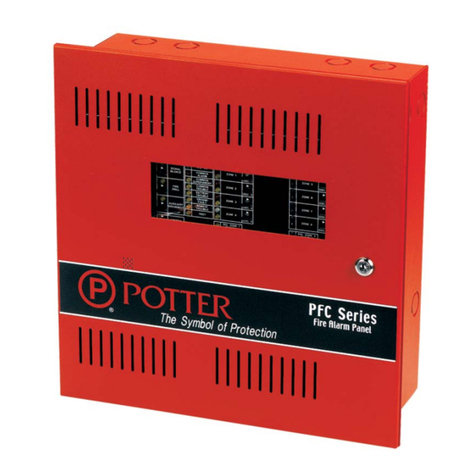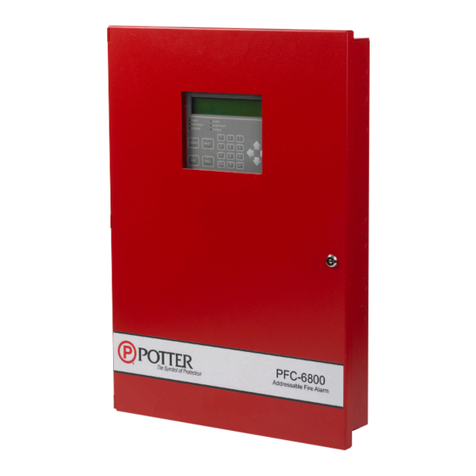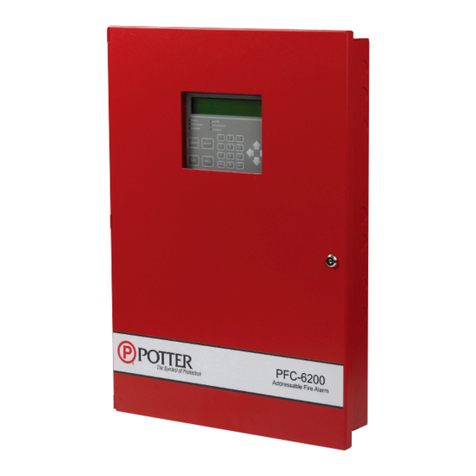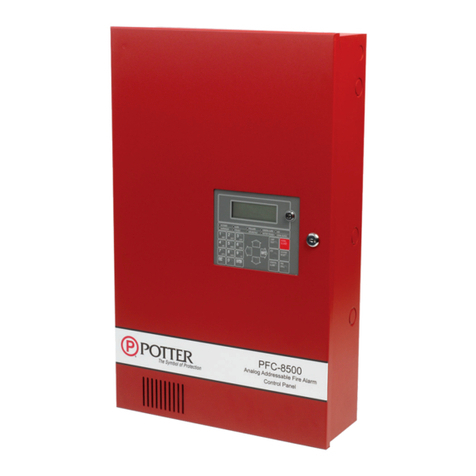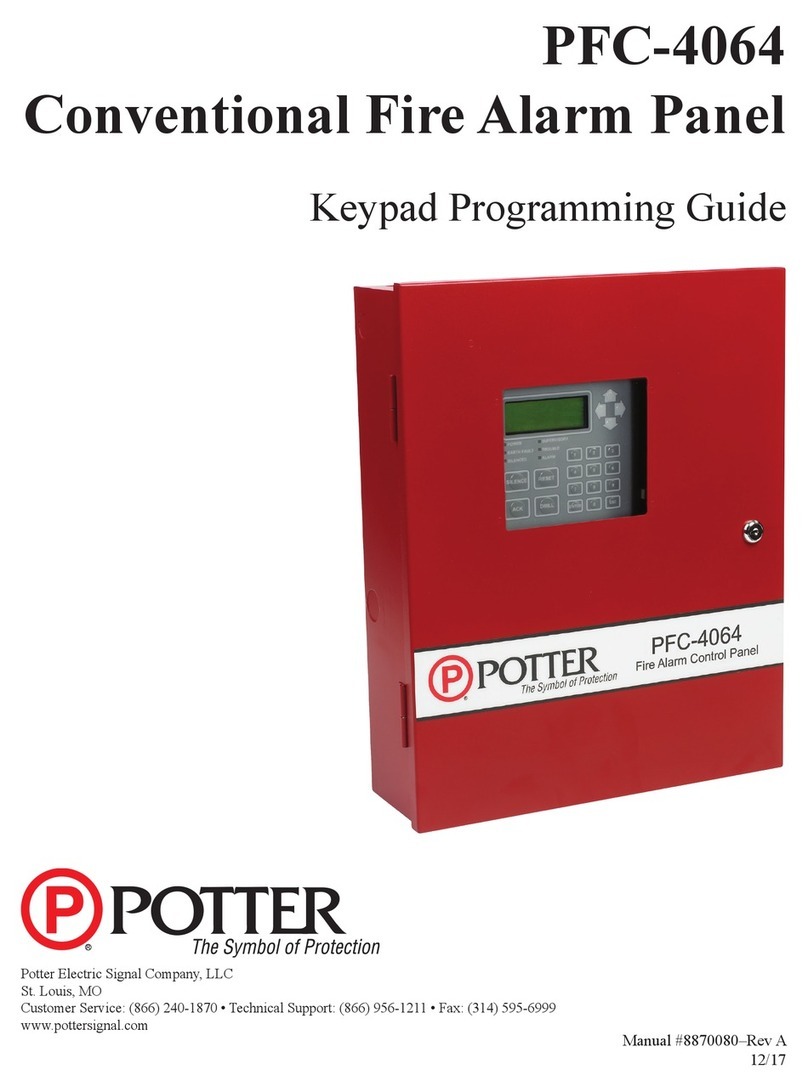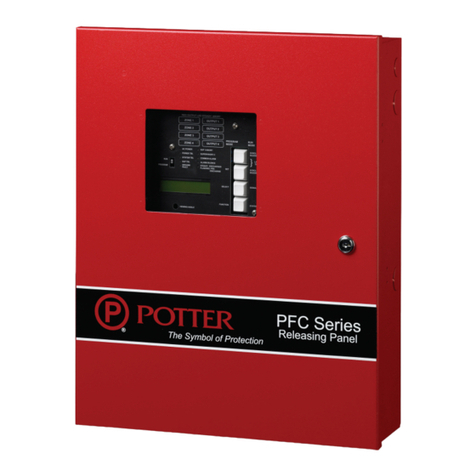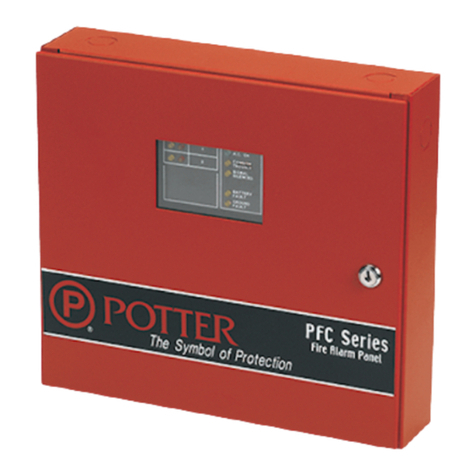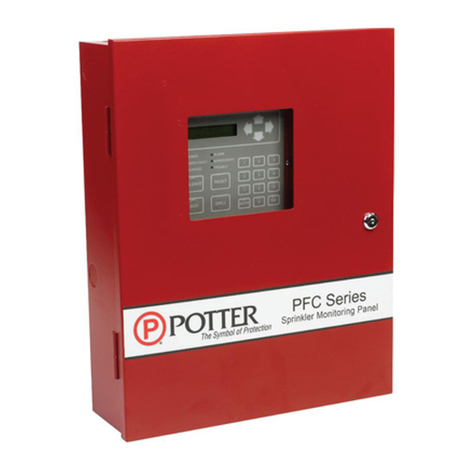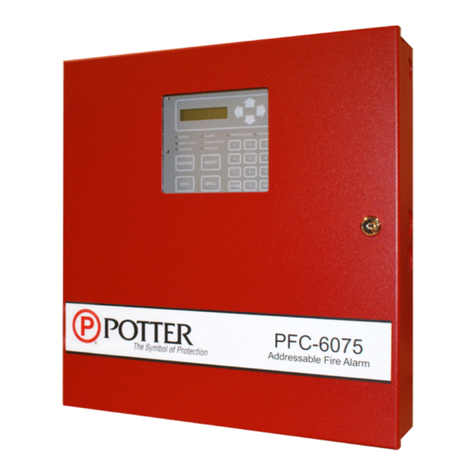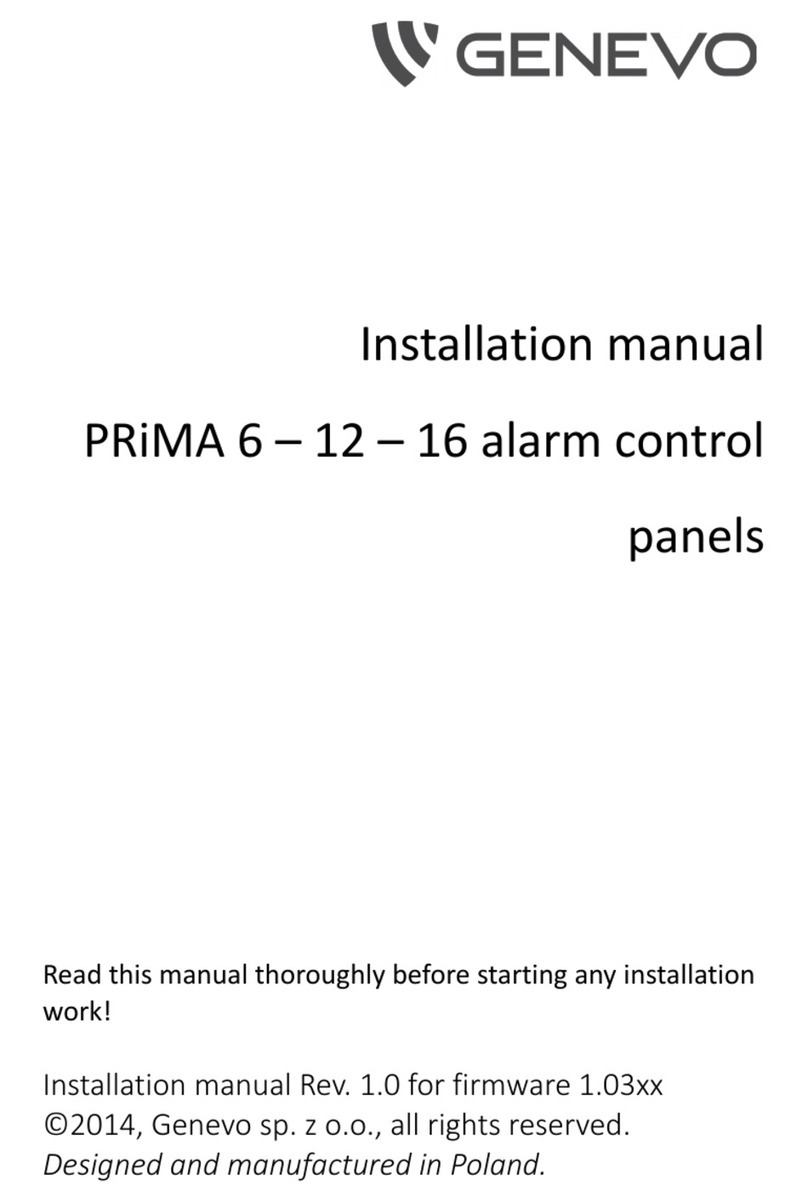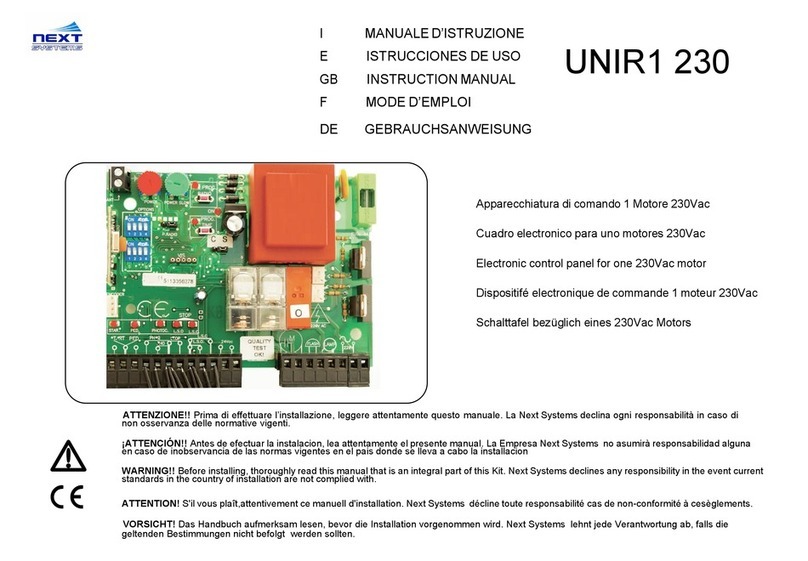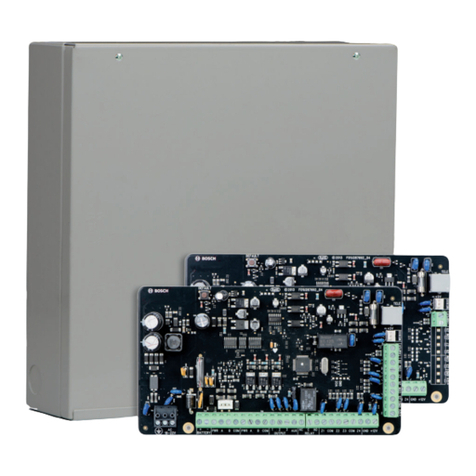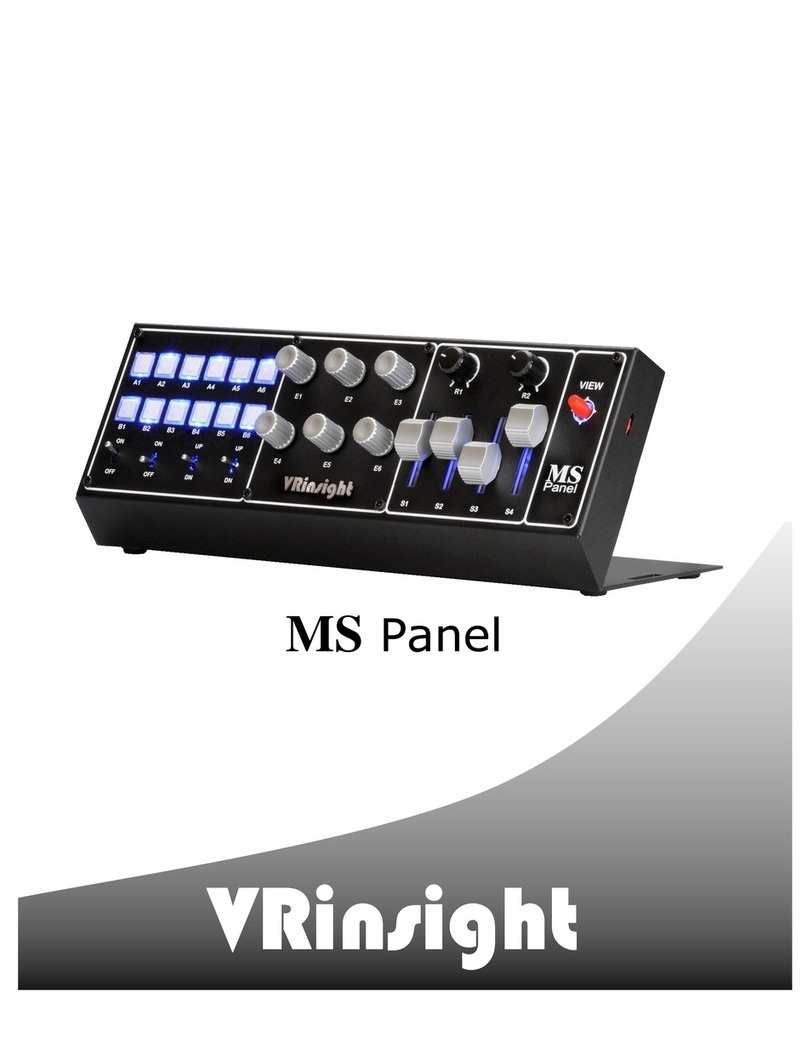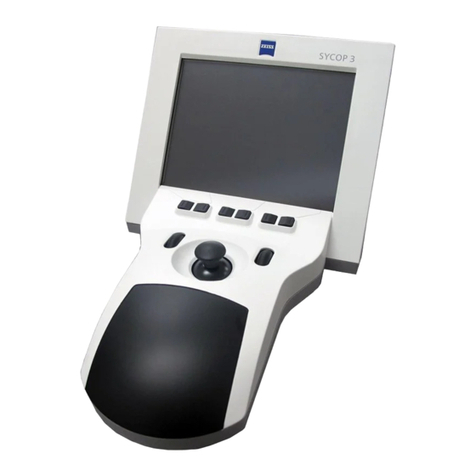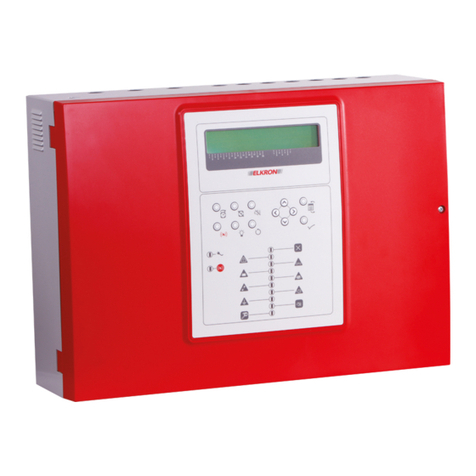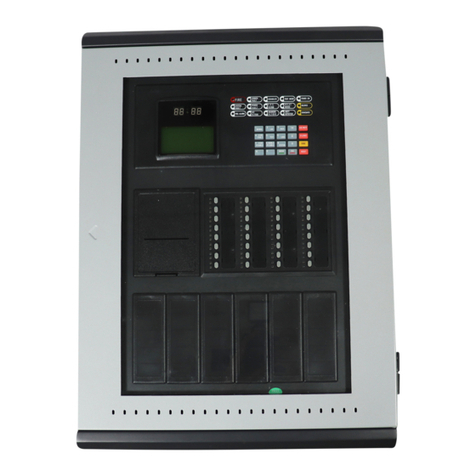
4
PFC 2000RC •5403521-REV N•3/03
GROUND FAULT ..................................................................................................................................................................... 12
LOSS OR REDUCTION OF AC POWER ................................................................................................................................ 13
AC CIRCUIT BREAKER OPERATION .................................................................................................................................. 13
HIGH OR LOW BATTERY VOLTAGE .................................................................................................................................. 13
BATTERY CIRCUIT BREAKER OPERATION ..................................................................................................................... 13
AUXILIARY POWER FAILURE ............................................................................................................................................. 13
DISCHARGE CIRCUIT DISABLED ....................................................................................................................................... 13
AUTO RESET SWITCH ........................................................................................................................................................... 13
COMMON TROUBLE OUTPUTS ........................................................................................................................................... 13
SILENCING AN ALARM OR TROUBLE CONDITION ....................................................................................................... 14
RESETTING AN ALARM CONDITION ................................................................................................................................ 14
RESETTING A TROUBLE CONDITION ............................................................................................................................... 14
SELECTING PANEL OPERATING CHARACTERISTICS ................................................................................................... 14
SELECTING THE PRE-DISCHARGE TIME .......................................................................................................................... 14
SELECTING INITIATING DEVICE ZONE STYLE D OR B (CLASS A OR B) .................................................................. 14
SELECTING INDICATING APPLIANCE CIRCUIT MODE ................................................................................................ 15
SELECTING THE PRE-DISCHARGE TIMER ACTIVATION MODE ................................................................................ 15
ACTIVATION FROM MANUAL CIRCUIT ........................................................................................................................... 15
SELECTING ABORT CIRCUIT OPERATING MODE .......................................................................................................... 16
SELECTING DISCHARGE TIME ........................................................................................................................................... 16
INSTALLATION INSTRUCTIONS ................................................................................................................................................ 16
PROCEDURE FOR THE REMOVAL OF THE MAIN BOARD MODULE .......................................................................... 16
LOCATION ............................................................................................................................................................................... 16
MOUNTING THE BEZEL ........................................................................................................................................................ 17
INSTALLATION OF BEZEL FOR SEMI-FLUSH INSTALLATIONS DRAWING.............................................................. 17
WIRING HOOKUP .................................................................................................................................................................... 17
TEST PROCEDURES....................................................................................................................................................................... 17
OPERATING INSTRUCTIONS ....................................................................................................................................................... 18
BATTERY SIZE REQUIREMENTS ............................................................................................................................................... 18
TABLE 1, CURRENT REQUIREMENTS ...................................................................................................................................... 19
TABLE 2, SECONDARY POWER SUPPLY REQUIREMENTS ................................................................................................. 19
CALCULATION TABLE ................................................................................................................................................................. 19
INACTIVE CIRCUITS ..................................................................................................................................................................... 19
PFC 2000RC MAIN BOARD CONNECTION DRAWING ............................................................................................................ 20
APPLICATION NOTES ................................................................................................................................................................... 21
TYPICAL 2-WIRE DETECTOR CONNECTION DRAWINGS .................................................................................................... 22
TYPICAL 4-WIRE DETECTOR CONNECTION DRAWING ...................................................................................................... 23
CONNECTION DRAWING POWER SUPPLY MODULE ............................................................................................................ 23
CONNECTION DRAWING FOR CENTRAL STATION & PROPRIETARY OPERATION ...................................................... 24
PFC 2000RC INNER PANEL DRAWING ...................................................................................................................................... 25
2-WIRE SMOKE DETECTOR COMPATIBILITY DATA ............................................................................................................ 26
AUTOMATIC WATER CONTROL VALVES COMPATIBILITY DATA ................................................................................... 27
EXTINGUISHING AGENT CONTROL VALVE COMPATIBILITY DATA .............................................................................. 27
ALARM INDICATING APPLIANCE COMPATIBILITY DATA ................................................................................................. 27
WIRE ROUTING FOR POTTER MODEL PFC 2000RC ............................................................................................................... 28

